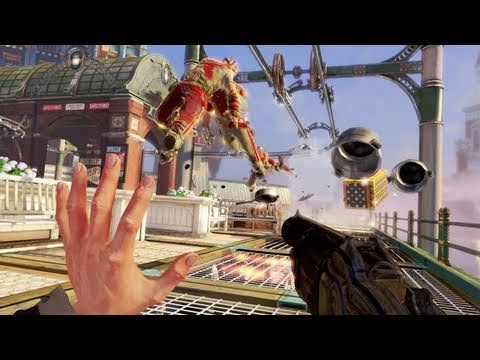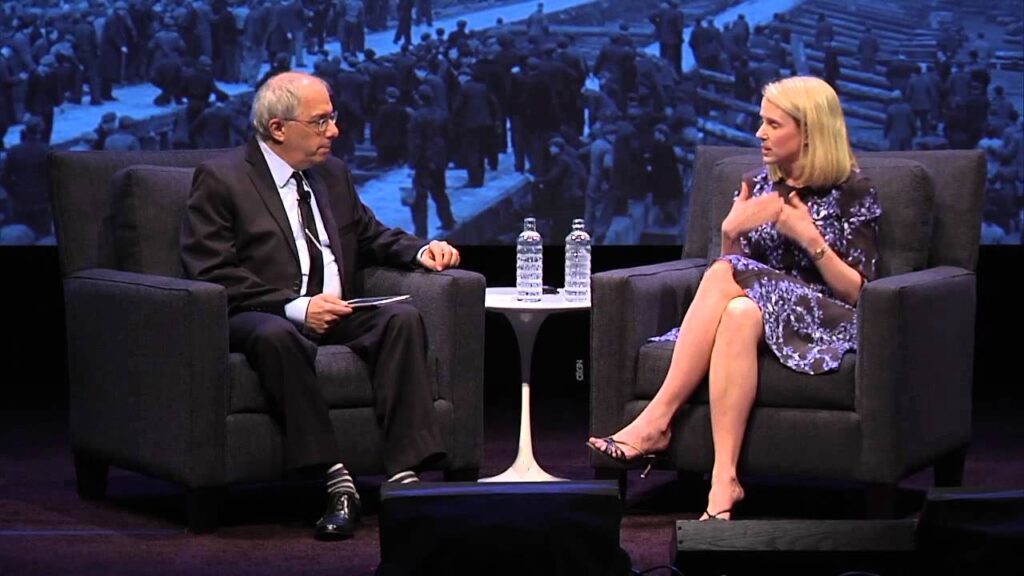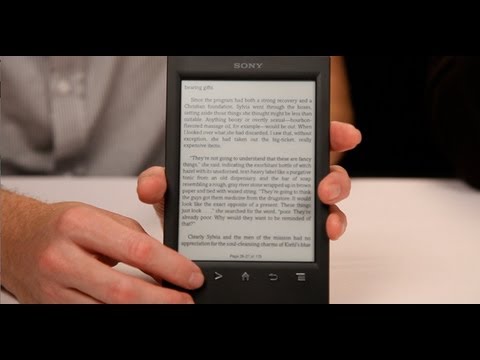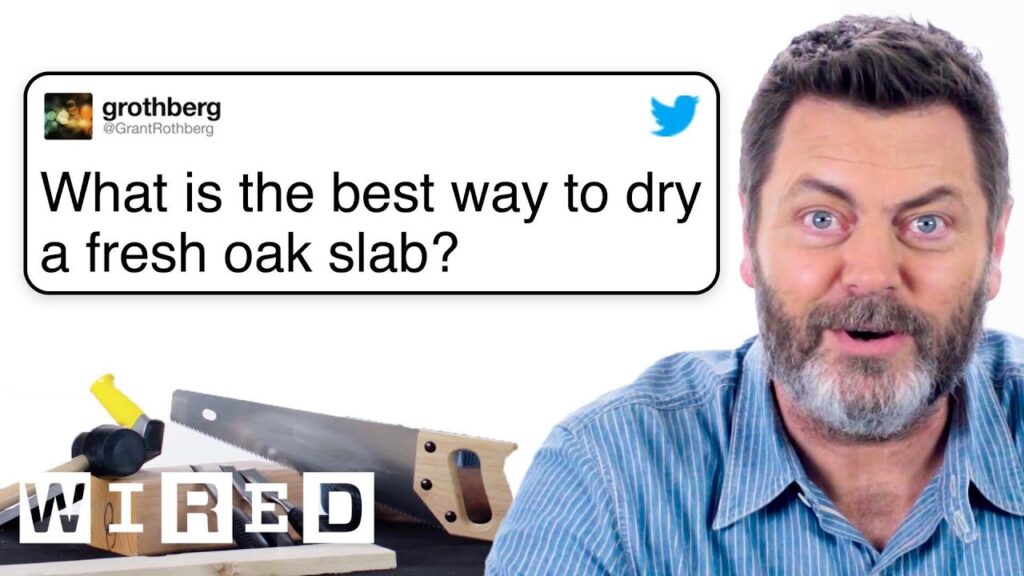The Effects of Super Freezing on Objects: Exploring the Properties of Liquid Nitrogen
Summary
In this article, we explore the fascinating properties of liquid nitrogen and its effects on various objects. Brent Ros, a writer, demonstrates the impact of super freezing on objects by hitting them with a hammer and a baseball bat. We also learn about the Leidenfrost effect and its ability to protect objects from freezing when in contact with a much hotter surface. The article concludes by inviting readers to suggest objects for future experiments.
Table of Contents
- The Properties of Liquid Nitrogen
- Super Freezing and Brittle Objects
- The Leidenfrost Effect
- Super Freezing and the Rebound of Objects
- Conclusion
The Properties of Liquid Nitrogen
Brent Ros begins by explaining the properties of liquid nitrogen, which is obtained by cooling nitrogen gas to -320°F. Liquid nitrogen can make things brittle and shatter them on impact due to the shrinkage of molecules when super frozen. Brent demonstrates this by hitting a lock and a silicone dildo with a hammer and a baseball bat, respectively. The dildo fractures into pieces due to the inability of its frozen molecular structure to absorb the impact’s energy.
Super Freezing and Brittle Objects
Brent continues his experiments by super freezing a baseball, a peacock feather, and a rose. He then hits them with a sledgehammer to observe their reaction. The results show that super freezing makes objects more brittle and less flexible. The baseball shatters into pieces, the peacock feather breaks into small fragments, and the rose petals become stiff and fragile.
The Leidenfrost Effect
Brent tests the Leidenfrost effect by having Peter throw a cup of liquid nitrogen on his bare skin. The effect occurs when a liquid hits an object much hotter than itself, causing it to burst into a gas and create a vapor barrier that protects the object from freezing. Peter’s skin is protected from the extreme cold due to the Leidenfrost effect.
Super Freezing and the Rebound of Objects
Finally, Brent hits a baseball with a baseball bat after super freezing it and observes that it does not rebound to its natural shape. The super freezing has made the baseball too brittle to rebound.
Conclusion
In conclusion, liquid nitrogen has fascinating properties that can make objects brittle and shatter them on impact. Super freezing makes objects less flexible and more susceptible to breaking. The Leidenfrost effect can protect objects from extreme cold when in contact with a much hotter surface. Brent Ros invites readers to suggest objects for future experiments and thanks the audience for their attention.







